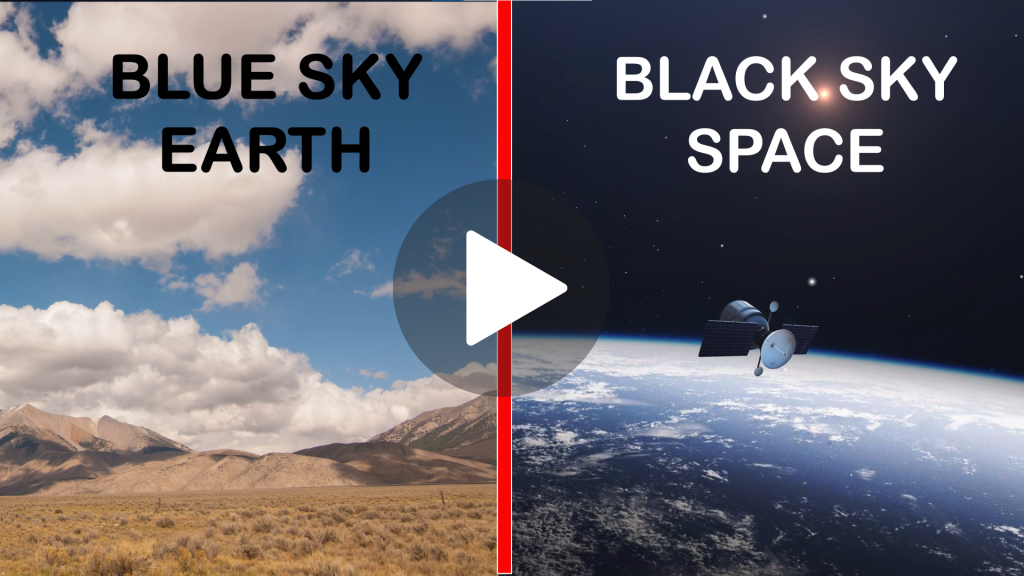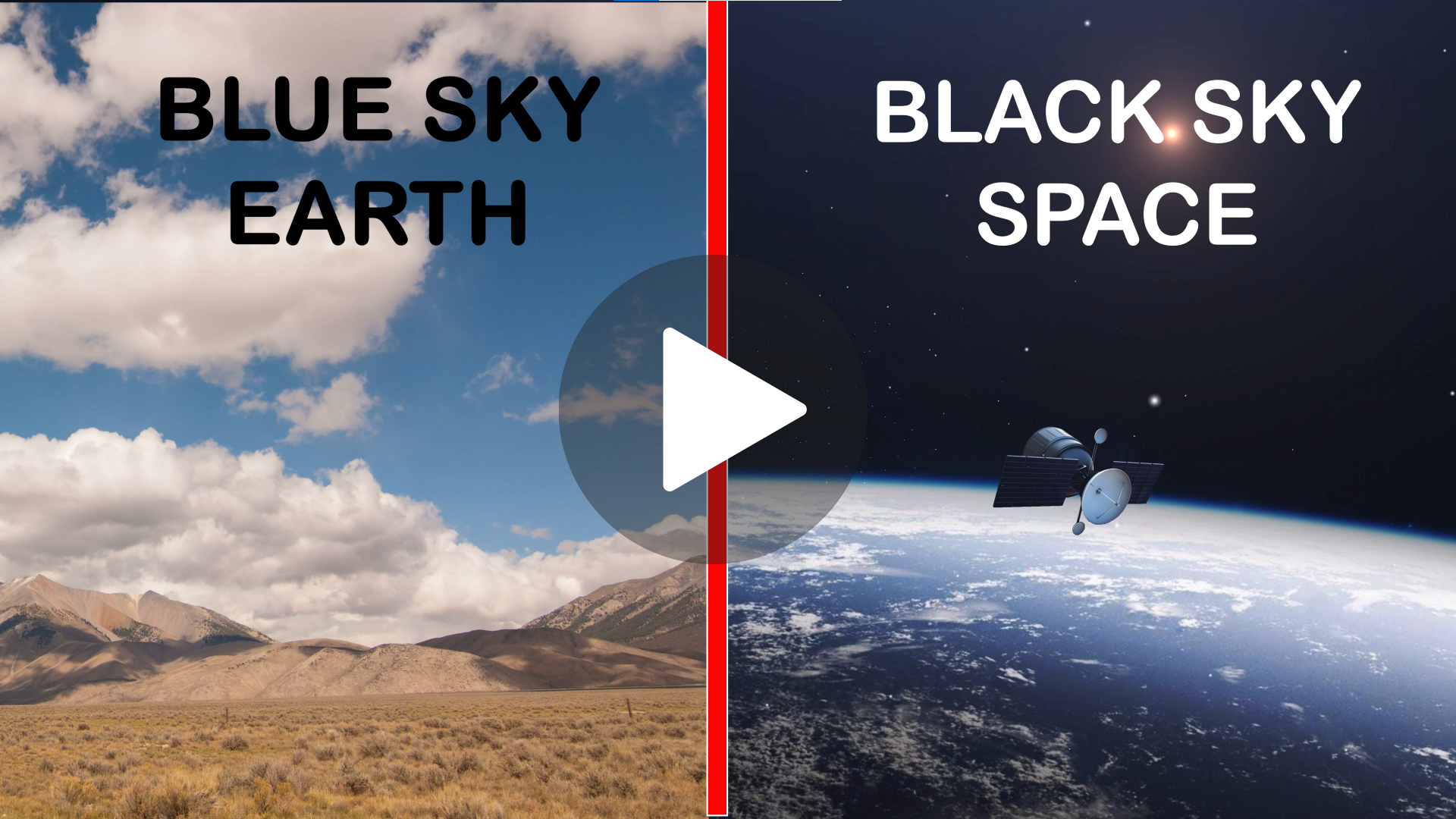Sure! Here are 10 interesting facts about space:
Interesting Facts
- First Interesting facts Space is completely silent: Unlike on Earth, there is no air in space to carry sound waves, so space is eerily quiet.
- The hottest planet in our solar system is not the closest to the Sun: Venus holds the title of the hottest planet, even though Mercury is the closest to the Sun. Venus has a thick atmosphere that traps heat, creating a runaway greenhouse effect.
- Space is not pitch black: While space may appear black, it is filled with countless stars, galaxies, and other celestial objects. In fact, space is filled with so much light that if you were in a completely dark location in space, away from any stars or galaxies, the night sky would still be quite bright.
- Astronauts grow taller in space: Due to the microgravity environment in space, the spine of astronauts elongates, causing them to temporarily gain a few inches in height. However, they return to their original height upon returning to Earth.
- The largest volcano in the solar system is on Mars: Olympus Mons, a shield volcano on Mars, is about 13.6 miles (22 kilometers) high, making it nearly three times the height of Mount Everest. It is the largest volcano discovered so far in our solar system.
- The coldest known place in the universe is not on Earth: Scientists have created a super-cold state of matter called a Bose-Einstein condensate, which can reach temperatures just a fraction of a degree above absolute zero (-273.15 degrees Celsius or -459.67 degrees Fahrenheit).
- Space is a vast vacuum: Space is mostly empty, with incredibly low density and pressure. Even though there are some particles floating around, it is much less dense than any vacuum we can create on Earth.
- The Sun makes up 99.86% of the mass in our solar system: The Sun is incredibly massive, accounting for the vast majority of the total mass of our solar system. The planets, moons, asteroids, and other objects combined make up only a tiny fraction of the solar system’s mass.
- The Milky Way galaxy is on a collision course with the Andromeda galaxy: In about 4 billion years, our Milky Way galaxy and the neighboring Andromeda galaxy will collide and merge to form a new, larger galaxy.
- Space travel affects the human body: Extended periods of time in space can have various effects on the human body, including muscle and bone loss, changes in vision, and weakened immune system. Scientists are studying these effects to better understand how to protect astronauts during long-duration space missions.
These are just a few fascinating facts about space, and there is so much more to explore and learn about our vast universe!

Why is the sky blue on Earth and black from space?
Interesting facts Space The sky looks blue on Earth because of something called “Rayleigh scattering.” When sunlight reaches our atmosphere, it encounters tiny particles like nitrogen and oxygen. These particles are smaller than the light waves and tend to scatter shorter wavelengths, like blue and violet, more than longer wavelengths, like red and orange. This scattered blue light fills the sky and is what we see during the day.
From space, however, the sky appears black because there is no atmosphere to scatter the sunlight. In space, there are no particles to bounce the light around, so the light travels straight without scattering. This absence of scattering makes the sky look dark or black when viewed from space
Why does the sky look blue when viewed from Earth?
The sky appears blue when viewed from Earth due to a phenomenon known as Rayleigh scattering. Rayleigh scattering is the scattering of sunlight or other electromagnetic radiation by particles smaller than the wavelength of the radiation. In the Earth’s atmosphere, the primary particles responsible for this scattering are molecules of nitrogen and oxygen.
Sunlight is made up of different colors of light, which correspond to different wavelengths. Shorter wavelengths, such as blue and violet, are scattered more easily by the molecules in the atmosphere compared to longer wavelengths, such as red and orange. As sunlight passes through the atmosphere, the blue and violet light gets scattered in all directions by the tiny molecules. This scattered blue light is then observed in different directions, including toward our eyes.
Since our eyes are more sensitive to blue light than to other colors, we perceive the scattered blue light as the predominant color of the sky. The other colors of light are either scattered in different directions or absorbed by the atmosphere, which is why the sky appears blue to us during the daytime.
It’s important to note that the sky can appear different colors depending on various factors such as the time of day, weather conditions, and the amount and type of particles in the atmosphere. At sunrise or sunset, for example, the sky often appears reddish or orange because the sunlight has to pass through a larger portion of the atmosphere, and the shorter blue and violet wavelengths get scattered and filtered out, while the longer red and orange wavelengths are able to reach our eyes more directly.
Why does the sky appear to be blue from the earth and black from space?
The appearance of the sky as blue from the Earth and black from space can be explained by the scattering of sunlight in the Earth’s atmosphere.
From the Earth’s surface, when sunlight passes through the atmosphere, it interacts with the molecules and particles present in the air. The Earth’s atmosphere is primarily composed of nitrogen, oxygen, and other trace gases, as well as water vapor and suspended particles such as dust and pollutants. These molecules and particles scatter the sunlight in all directions.
However, the scattering process is not uniform for all wavelengths of light. Shorter wavelengths, such as blue and violet, are scattered more easily by the molecules in the atmosphere compared to longer wavelengths, like red and orange. This phenomenon is known as Rayleigh scattering.
As a result, when sunlight enters the atmosphere, the blue and violet wavelengths are scattered in all directions by the molecules in the air, and this scattered blue light reaches our eyes from all parts of the sky. This scattered blue light is what we perceive as the blue color of the sky.
Now, when we observe the sky from space, such as from the International Space Station (ISS) or a satellite, we are outside of the Earth’s atmosphere. In space, there is no atmosphere to scatter the sunlight. Consequently, when we look towards space, we see the darkness of space itself, with stars, planets, and other celestial objects appearing against a black background.
In summary, the sky appears blue from the Earth’s surface due to the scattering of shorter blue wavelengths of light by the molecules and particles in the Earth’s atmosphere. In contrast, from space, where there is no atmosphere to scatter light, the darkness of space predominates, resulting in a black appearance.
Why is the sky blue on Earth but not on other planets?
The color of the sky on a planet depends on its atmospheric composition and the way it interacts with sunlight. While the sky appears blue on Earth, it may have different colors on other planets due to variations in atmospheric conditions.
On Earth, as I mentioned earlier, the blue color of the sky is primarily due to Rayleigh scattering. The Earth’s atmosphere is composed of nitrogen, oxygen, and trace gases, which scatter shorter blue and violet wavelengths of sunlight more effectively than longer wavelengths. This scattered blue light reaches our eyes from all parts of the sky, creating the blue appearance.
On other planets, the composition of the atmosphere can be different, which leads to distinct sky colors. Here are a few examples:
- Mars: The sky on Mars appears reddish or pinkish. This is because the Martian atmosphere is composed mainly of carbon dioxide, with a thinner atmosphere compared to Earth. The dust particles in the Martian atmosphere scatter shorter wavelengths of light, causing the sky to have a reddish hue.
- Venus: The sky on Venus appears yellowish-white. Venus has a thick atmosphere primarily composed of carbon dioxide, with clouds made of sulfuric acid droplets. The cloud cover reflects and scatters sunlight, resulting in a diffused yellowish-white sky.
- Saturn: Saturn’s atmosphere is predominantly composed of hydrogen and helium, with traces of other gases. The sky on Saturn is typically pale yellow due to the scattering of sunlight by the atmospheric gases.
- Uranus and Neptune: The atmospheres of Uranus and Neptune contain a significant amount of methane. Methane absorbs longer wavelengths of light, particularly in the red part of the spectrum, resulting in a bluish appearance of the sky on these gas giants.
These examples demonstrate that the composition of the atmosphere, the presence of particular gases or particles, and their interactions with sunlight play a crucial role in determining the color of the sky on different planets.










